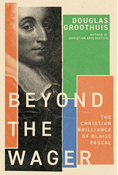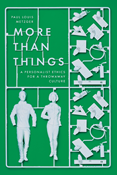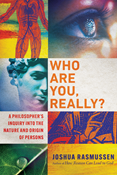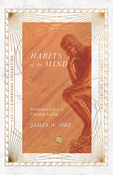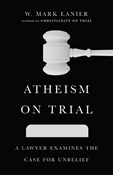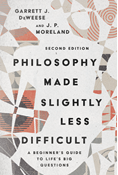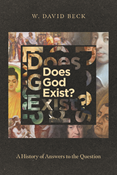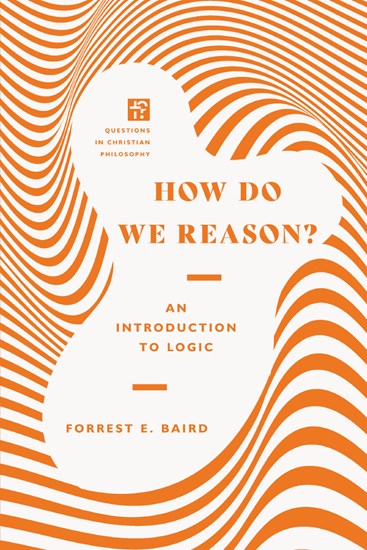
|
How Do We Reason?
paperback
|
- Length: 264 pages
- Dimensions: 6 × 9 in
- Published: April 20, 2021
- Imprint: IVP Academic
- Item Code: 5515
- ISBN: 9780830855155
-
Other Retailers:
Amazon*
*affiliate partner
-
ebook
How do we think? What does a faithful use of logic look like?
Without even pausing to think about it, we exercise our capacity for rational thought. But how exactly does logic work? What makes some arguments valid and others not?
In this Questions in Christian Philosophy volume, philosopher Forrest Baird offers an introduction to logic. He considers the basic building blocks of human reason, including types of arguments, fallacies, syllogisms, symbols, and proofs, all of which are demonstrated with exercises for students throughout. In addition, he reflects on the relationship between the use of reason and the Christian faith.
With this academic but accessible primer, readers will be introduced to the basics of logic—and encouraged to reason better.
The Questions in Christian Philosophy Series features introductory textbooks that offer students a Christian perspective on the various branches of philosophy, enabling them as they seek to understand all facets of life including existence, knowledge, ethics, art, and more.
"Chock full of real-life and timely examples, judiciously calibrated and measured in scope, this altogether student-friendly and accessible primer for learning—and learning well—the rudimentary principles of logic hits just the right note. An ideal choice for an introductory logic course, it can serve as at least a partial antidote to a cultural moment rife with strong emotion and unbridled passion but too often conspicuously deficient in intellectual rigor. Baird would make John Wesley proud! Warmly recommended."
"How Do We Reason? is an informative, accessible, practical, and lucid guide to logical reasoning—a fresh and insightful resource for a new generation of thoughtful Christians."
CONTENTS
Series Introduction: Questions in Christian Philosophy
Preface
Acknowledgments
1. Introducing Logic
Unit I: Sentences
2. The Functions of Language
3. Informal Fallacies
Unit II: Syllogisms
4. Standard-Form Categorical Propositions
5. Standard-Form Categorical Syllogisms
6. Syllogisms in Ordinary Language
Unit III: Symbols
7. Symbols and Statements
8. Symbols and Arguments
Answers for Selected Assignments
Index


